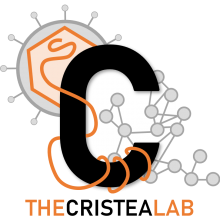The antiviral sirtuin 3 bridges protein acetylation to mitochondrial integrity and metabolism during human cytomegalovirus infection
Type
Regulation of mitochondrial structure and function is a central component of infection with viruses, including human cytomegalovirus (HCMV), as a virus means to modulate cellular metabolism and immune responses. Here, we link the activity of the mitochondrial deacetylase SIRT3 and global mitochondrial acetylation status to host antiviral responses via regulation of both mitochondrial structural integrity and metabolism during HCMV infection. We establish that SIRT3 deacetylase activity is necessary for suppressing virus production, and that SIRT3 maintains mitochondrial pH and membrane potential during infection. By defining the temporal dynamics of SIRT3-substrate interactions during infection, and overlaying acetylome and proteome information, we find altered SIRT3 associations with the mitochondrial fusion factor OPA1 and acetyl-CoA acyltransferase 2 (ACAA2), concomitant with changes in their acetylation levels. Using mutagenesis, microscopy, and virology assays, we determine OPA1 regulates mitochondrial morphology of infected cells and inhibits HCMV production. OPA1 acetylation status modulates these functions, and we establish K834 as a site regulated by SIRT3. Control of SIRT3 protein levels or enzymatic activity is sufficient for regulating mitochondrial filamentous structure. Lastly, we establish a virus restriction function for ACAA2, an enzyme involved in fatty acid beta-oxidation. Altogether, we highlight SIRT3 activity as a regulatory hub for mitochondrial acetylation and morphology during HCMV infection and point to global acetylation as a reflection of mitochondrial health.

